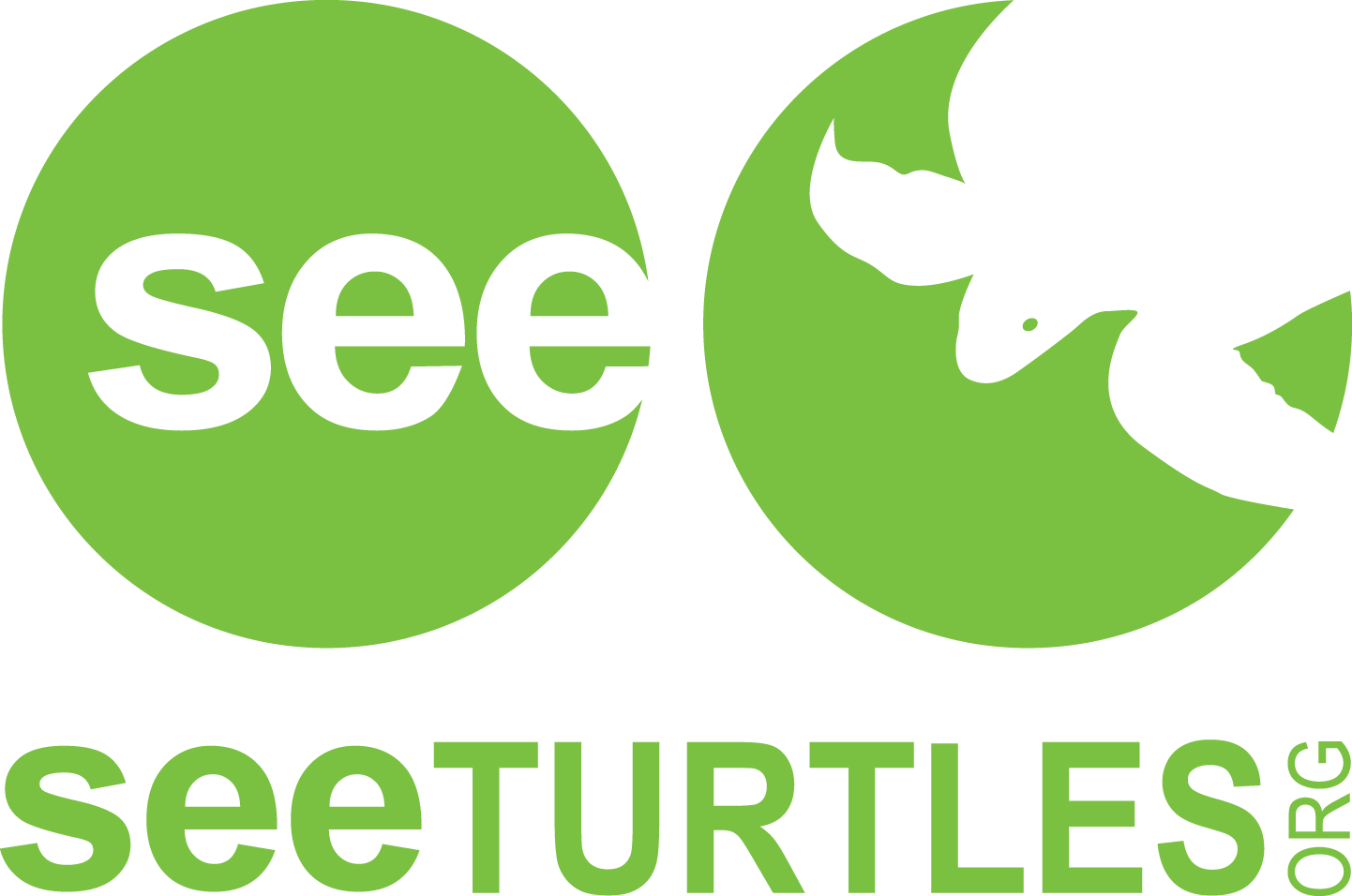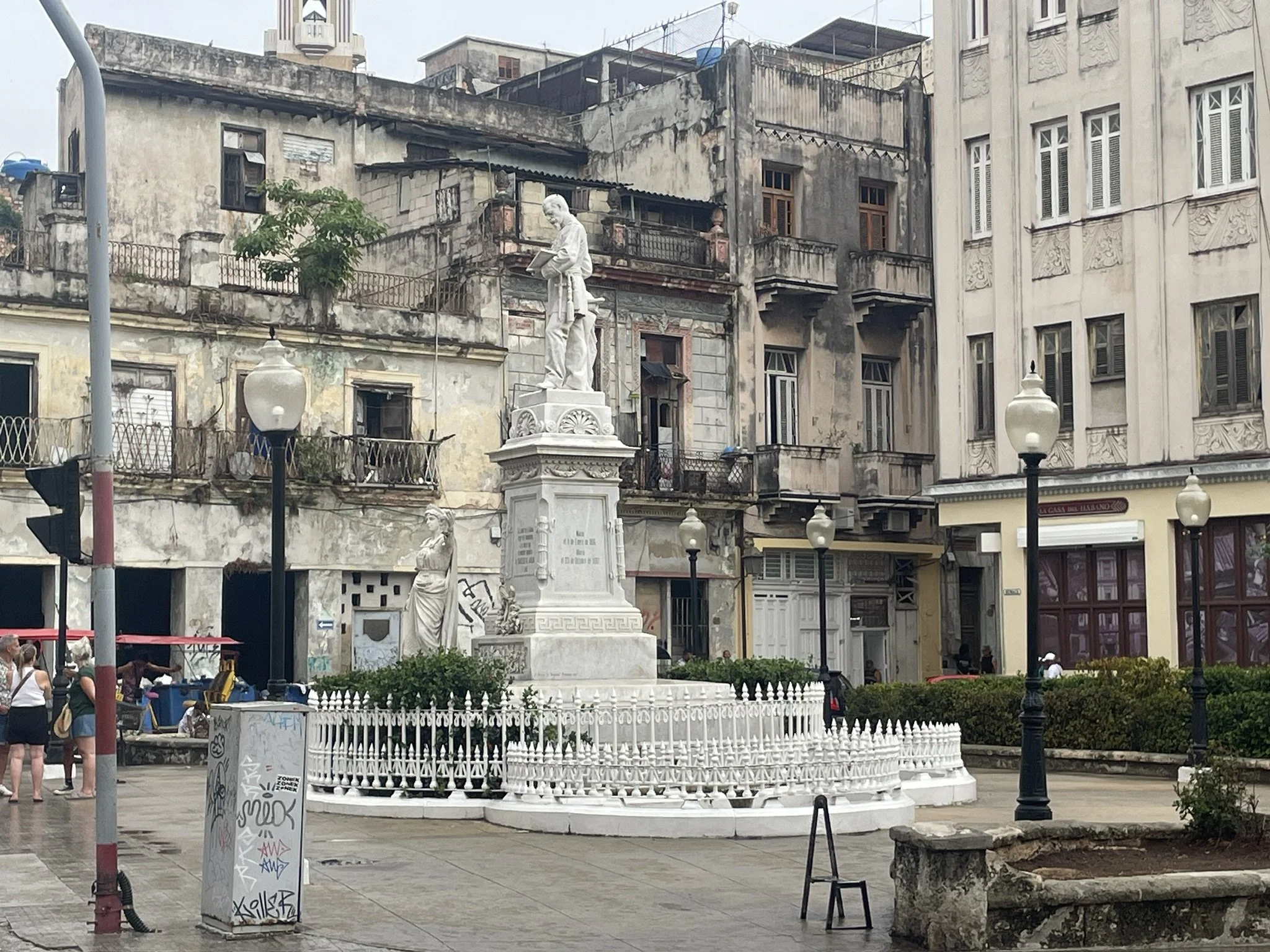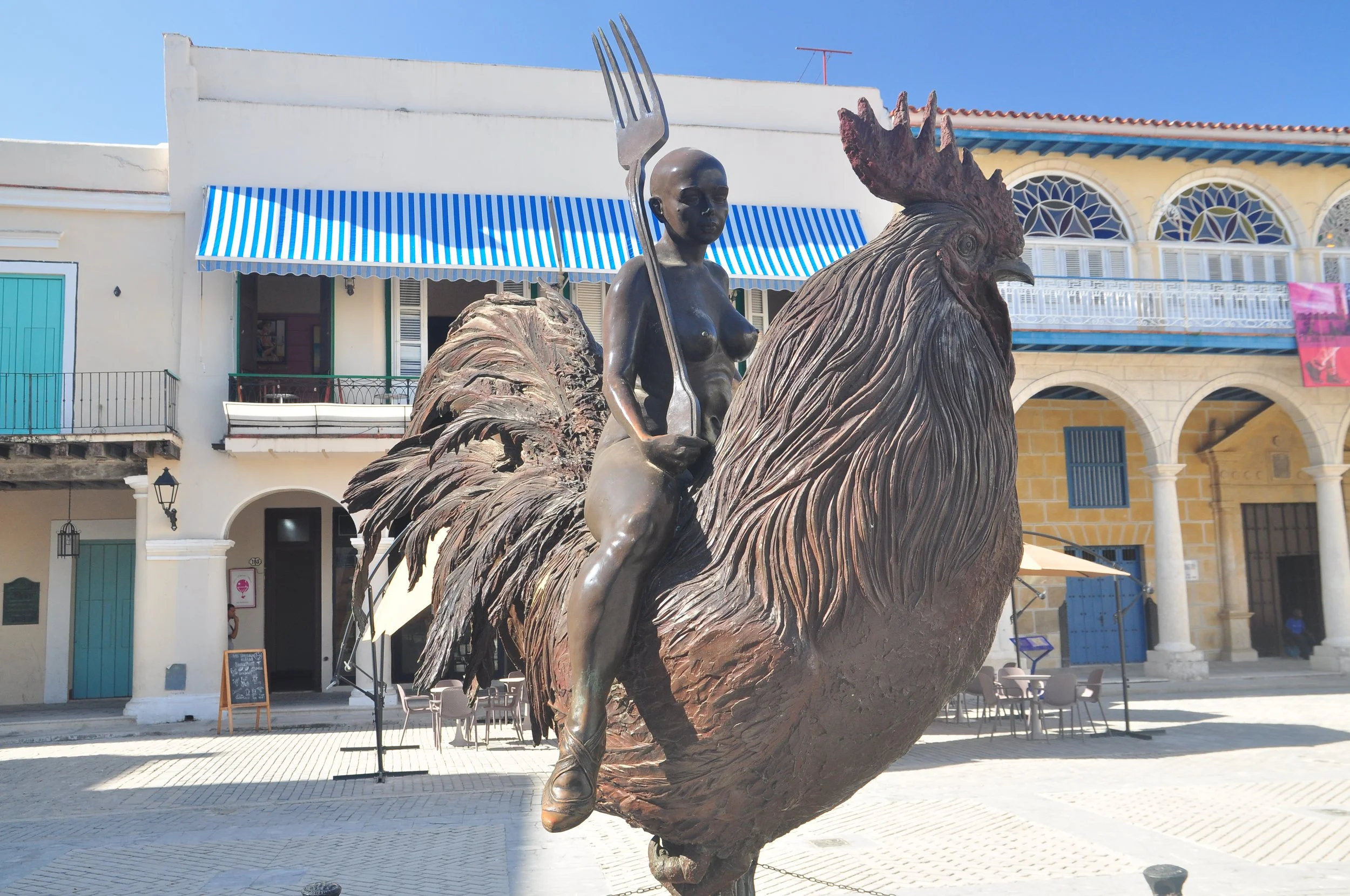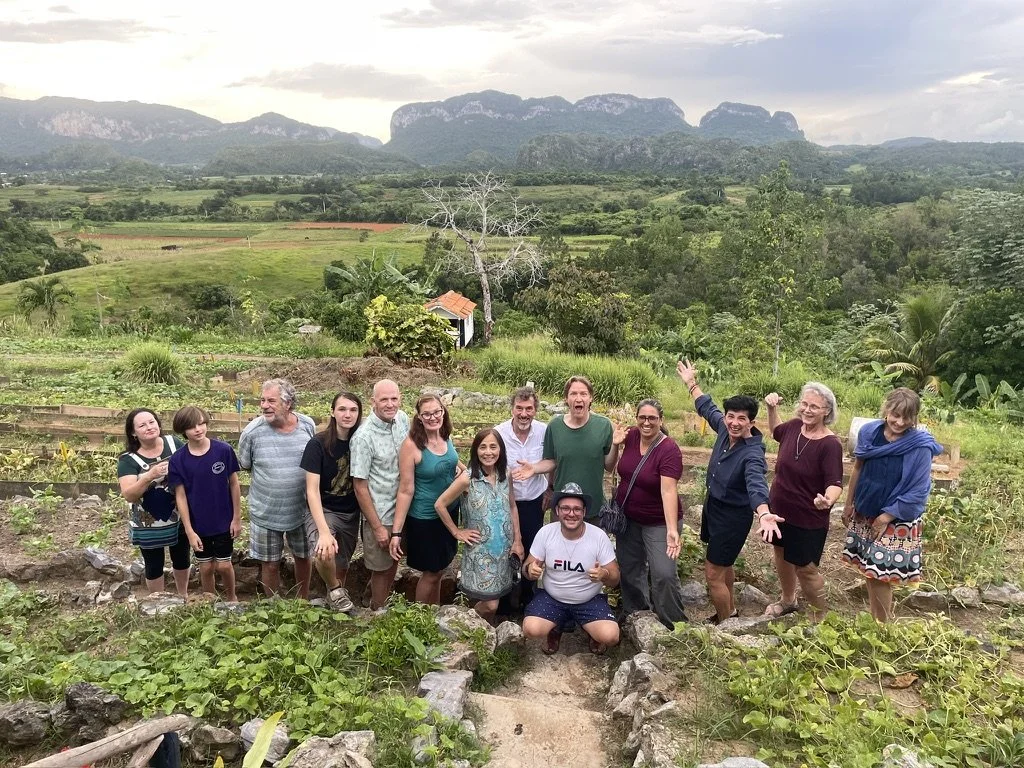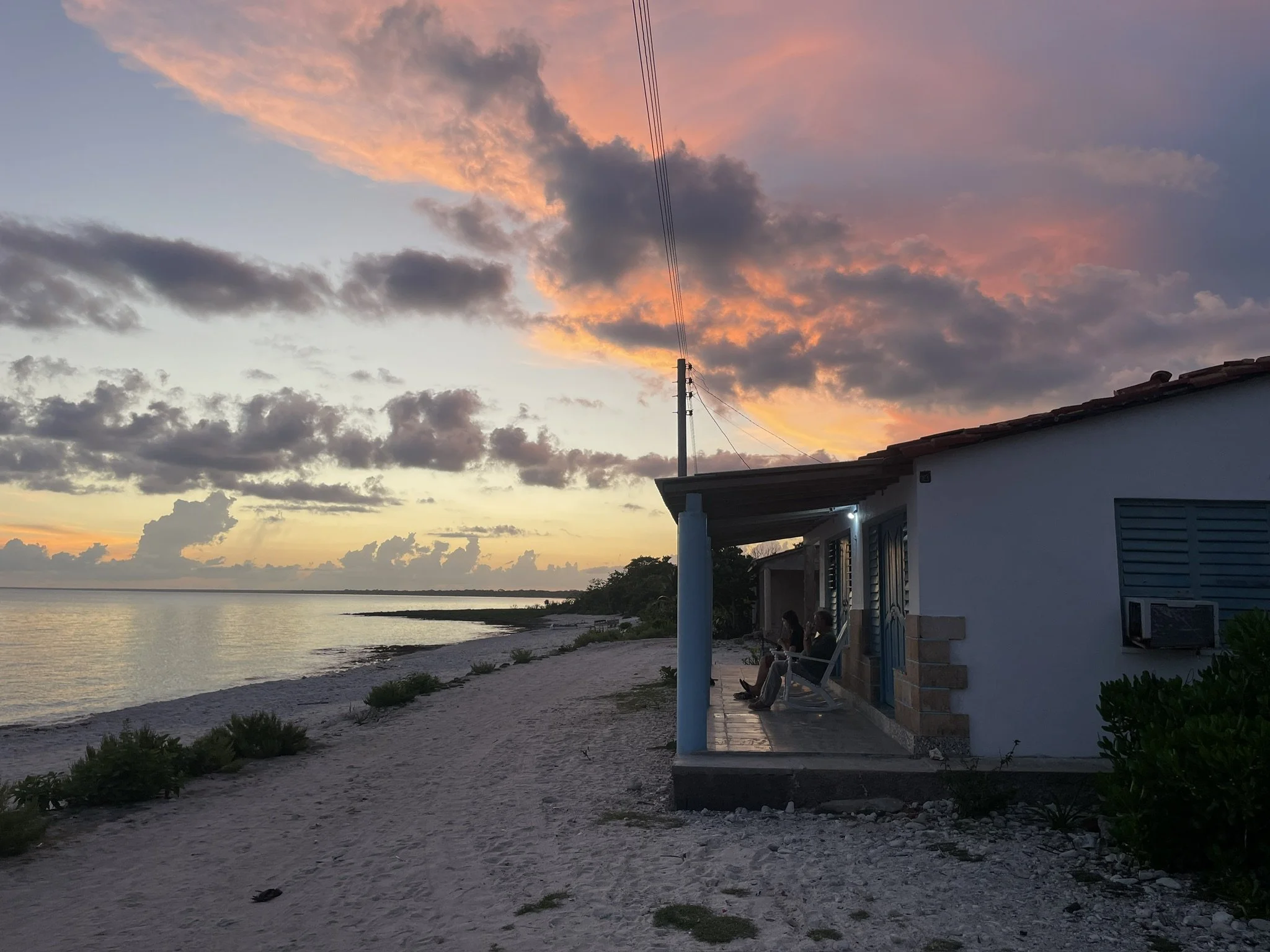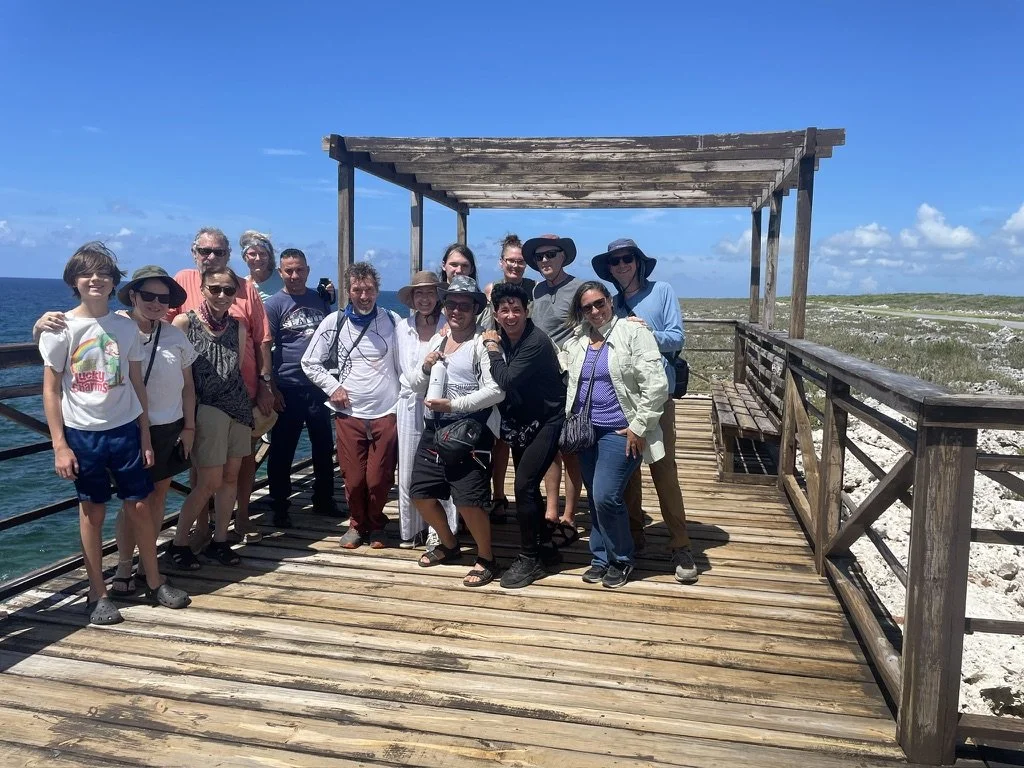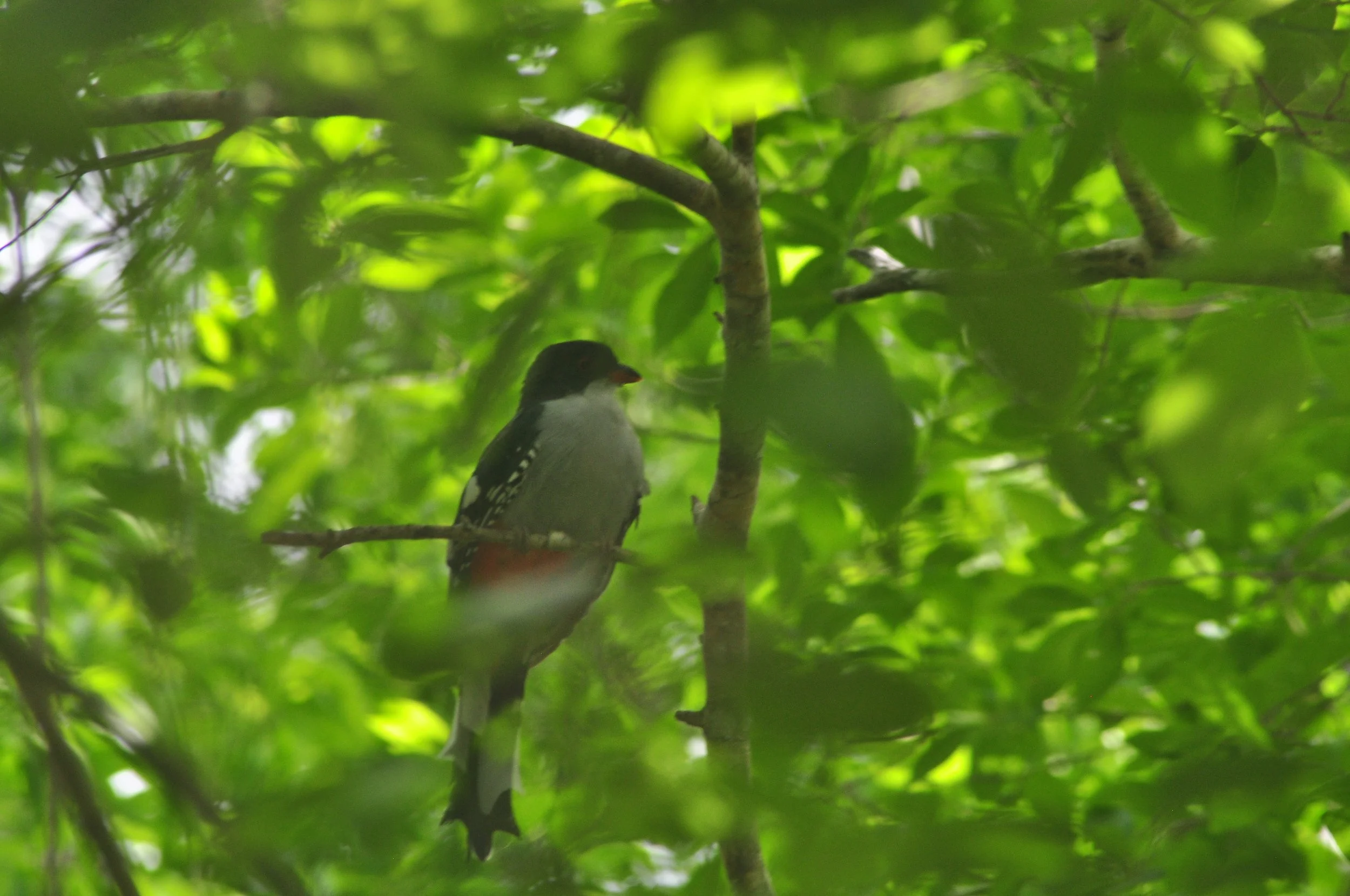Cuba Nature & Culture Trip Diary
There’s a turtle! Wait, there are two turtles. Three turtles? Yes, three. No there’s a fourth! Wait, hold on, is that a fifth coming out? Yes, there’s another.
I arrived to a Cuba significantly different than the one I last visited in 2016. In some ways, things have advance, wifi is much more common in the cities. And the very confusing two currency system has been done away with. But as many Cubans mentioned, the situation on the island in many ways has become more challenging for the people. Inflation and economic sanctions have taken a toll, causing dramatic emigration and significantly reducing the tourism economy. Blackouts and food shortages have become common around the country. US policy towards Cuba is a major reason for these problems, our continued sanctions and policies toward the country are inhumane and are hurting the Cuban people. Our visit was an opportunity to provide some support for Cubans and their work to protect wildlife.
Square in Old Havana
Statue in Plaza Vieja, Havana
SEE Turtles led our first Cuba Sea Turtle Adventure trip to the island since 2018, under a license with the category of “Support For The Cuban People,” one of the few permissible ways to take Americans to the country. Over a week, we visited different communities and explored some of the most fascinating parts of this endlessly fascinating place. We started in Havana meeting our local guide from Cuban Adventures, Yasiel, one of the most enthusiastic and engaging folks to lead our conservation trips. That was followed by a wonderful dinner at Bazar El Luvre with many local dishes. The next morning, he took us on a walking tour of Old Havana to learn about the history and current situation for the people here. From there, we boarded a bus to head west to beautiful Viñales, a gorgeous unique valley with farmland interspersed with large hills called mogotes.
After checking into a homestay with a lovely family, we had dinner at Finca El Paraiso, an award-winning farm to table restaurant with an extraordinary view. Most of the food is grown on the farm including a delicious medicinal cocktail. Afterwards, we visited a local bar for some fun salsa music and dancing and then headed back to our casas for rest.
View of Viñales from Finca El Paraiso
On Monday, after breakfast with our host families, we visited a local farm to learn how this region was the best place to grow cigars in the world. We also tried some locally made rum and honey and the family served as a delicious local meal. We then made the trek to the island’s furthest western point, Guanahacabibes National Park. We had time for a quick dip in the ocean right in front of our cabins and then showered before dinner with our hosts.
After dinner, biologist Dr. Julia Azanza gave us a wonderful presentation about the decades-long work on the nesting beaches of the park. Here, green and loggerhead turtles nest for several months a year, a project that our Billion Baby Turtles program has supported for the past 10 years. We next hopped on our bus for the drive to the nesting beach, passing through a short bit of forest before arriving to the camp of local volunteers. Before the turtles arrived, I gathered the group and researchers and told them about our late co-founder Dr. Wallace J. Nichols, who was a leading turtle researcher and author of the bestselling book Blue Mind. I brought a bit of J’s ashes along to spread on the nesting beach, a place where he spent much time around the world during his fruitful life.
We watched the clouds pass over and the moon rise as we sat on the beach waiting for the volunteer patrol to finish walking the beach. As we were about to head out, a green turtle came in to nest. We waited patiently for her to find her spot to nest and dig out her body pit. Once she started laying eggs, we approached quietly from behind to observe.
Green turtle nesting at Guanahacabibes
Cabins at La Bajada
She was a pretty big one, measuring more than 3 feet in length and laying more than 100 eggs. This specific turtle had strange patches on her shell, flaking off in an oval shape on some of the scutes, something Dr. Azanza had never before seen. We stayed until she began to camouflage the nest, which turtles do to hide the location and then headed back to our cabins for some sleep after the long day.
The next day, I went with a couple of our other travelers with a local guide to explore the coral reef in Guanahacabibes National Park. We discussed the notable absence of fish, the coral bleaching, and other environmental issues that this park and the ocean in general are facing. That night, we again visited the beach and it wasn’t long before the beach got very busy. One after the other, five green turtles emerged from the water in a short area. This time our group got the opportunity to participate hands on with the students, helping to measure the turtles and count the eggs as they dropped.
Turtle returning to the water, photo Rachel Gamber
As we were wrapping up that work, two students returned from walking the beach and said they saw tracks of hatchlings heading to the water, which meant a nest had hatched that they were not expecting. The group moved quickly to find the researchers and Dr. Julia was digging up the nest to see if any remained. Unfortunately we missed them as all of the eggs had already hatched and walked to the water (which is a rare thing). I walked to the edge of the water to make sure none had been caught in debris and while I was separated from the group, I saw many people start hurrying back towards the camp. There we found the researchers with 25 newly hatched baby turtles, collecting data on each of them. One interesting thing they are finding on this beach is that some of the scutes on the hatchlings were abnormally shaped, with more scutes on one side than the other. Hatchlings shells are normally symmetrical so this is a new and potentially scary development.
On Wednesday, we rested from the long night, sleeping in as we got back to our cabins around 2 am. After breakfast in our cabins, we met a local guide to learn more about the birds of Cuba, including the world’s smallest bird, the bee hummingbird, as well as the national bird, the Cuban Trogon, and got to see one in the wild. That was followed by another snorkeling excursion with our local guide in front of our cabins. We also visited a beautiful viewpoint of this unique stretch of coast.
Cuban trogon
Dinner with our hosts was followed by one of the most fun experiences I’ve had while traveling. Our host Yusniel broke out a guitar and started playing traditional and popular songs for us to sing a long with. The family and neighbors came over to play games including dominoes, a local staple, along with games that our group brought like Uno. We hung out and sang and danced and played deep into the evening.
The next day, we boarded our bus for the ride back to Viñales. Once we arrived, we had lunch at a fun local Cuban-Italian restaurant and then headed to take a horseback riding trip through the valley with local guides to learn about the history, culture, and nature of the area. We discussed what crops people grow to survive and what life on a typical farm is like. We also visited a handicraft market from local artisans which had some very beautiful examples of woodwork, jewelry, etc. Unfortunately many of the tables we saw were selling illegal tortoiseshell, made from the shell of critically endangered hawksbill turtles.
On Friday, we hopped on our bus after breakfast with our local hosts and headed back to Havana, about a four hour drive due to the poor roads. After a bit of downtime at our hotel to rest up, we ate at a private restaurant near our hotel. In the evening, we visited a really unique thing in Havana, the Cuban Art Factory. Once a building where cooking oil was made, it was converted by artists to a night club and art museum at once. We at ate Cocinero with a friend who works with sea turtles which overlooked the factory, a really fabulous meal of local dishes. Then we met some of the rest of the group and wandered the factory. I met a local photographer representing a group whose work was being displayed. I purchased a couple of very beautiful photos from them. A local dancer was teaching some steps, followed by an amazing group called the Rumba Allstars, who played incredible Afro-Cuban music accompanied by beautiful traditional dancers.
Rumba All Stars at the Fabrica de Arte
One of our group dancing with a dancer at Buena Vista Social Club
Our final day we had breakfast and did a drove around the city, talking to local guides about the history of American and Cuban relations and politics. We also visited local art galleries and had lunch in another nearby restaurant called Donde Lis, a leader in her community who during the pandemic helped to feed many residents who had little opportunity for food from the government. Our final cultural activity was visiting the historic Buena Vista Social Club. There, we saw many great artists and dancers and different styles of local music. The dancers brought people up onto the stage and taught some steps and was great at involving the audience.
This was truly one of the best trips I’ve ever taken. So many unique experiences and great people. Hopefully our visit was able to help some of the people here who are struggling from the food shortages, electricity blackouts, and challenges with both the US and Cuban governments.
